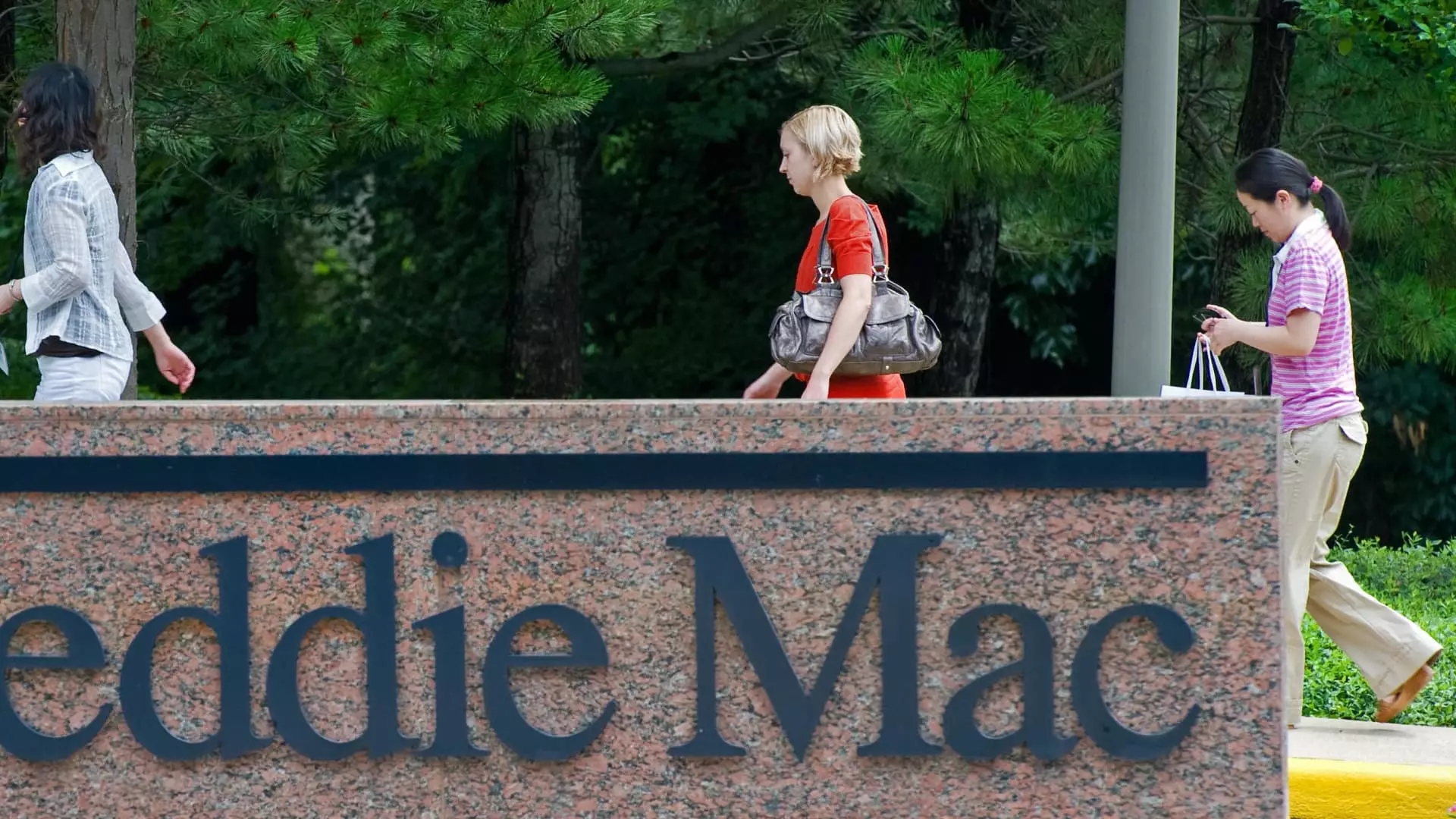The debate surrounding the future of Fannie Mae and Freddie Mac continues to gain traction, particularly in view of the potential for transitioning these institutions from government control to private ownership. As two key players in the U.S. housing finance system, the implications of such a shift are vast and multifaceted. This article examines the possible outcomes of privatizing these government-sponsored enterprises (GSEs), the associated risks, and the critical economic dynamics at play.
The Historical Context of Fannie Mae and Freddie Mac
Fannie Mae, established in 1938, and Freddie Mac, formed in 1970, have long played indispensable roles in the American mortgage market. Both GSEs were created with the primary goal of increasing homeownership by facilitating access to mortgage capital. They achieve this by purchasing mortgages from lenders, thus providing the necessary liquidity that helps to sustain the broader housing market. Their collective influence now underpins approximately 70% of mortgage financing in the United States.
However, following the 2008 financial crisis, these entities were placed under conservatorship by the Federal Housing Finance Agency (FHFA). This intervention aimed to stabilize the market and protect taxpayer interests in light of the risky lending practices that had emerged in the wake of unregulated private-label mortgage-backed securities. Since then, Fannie Mae and Freddie Mac have operated with limited ability to retain earnings and are subjected to rigorous oversight, prioritizing housing market stability over profit maximization.
Fast-forwarding to the present, there are increased discussions surrounding the potential release of Fannie Mae and Freddie Mac from their conservatorship. President Trump’s administration had previously floated the concept of privatizing these mortgage giants, although concrete actions were never taken, primarily due to the complexities involved. This issue is resurfacing as part of Trump’s second term agenda, although it remains unclear whether it will materialize into definitive policy action.
Experts highlight a myriad of uncertainties surrounding this debate. For instance, Mark Zandi, chief economist at Moody’s Analytics, emphasizes the dependence of any transition on the President’s priorities and the economic logic underpinning such a move. The notion that a straightforward release could occur with a single administrative act seems naïve given the intricacies involved in unwinding decades of government involvement.
Economic Implications: The Risk of Higher Mortgage Rates
One of the main concerns arising from the potential privatization of Fannie Mae and Freddie Mac is the risk of increased mortgage rates. Economic analysts assert that without the backing of the government, these entities might face heightened risk profiles, prompting a necessitated rise in the interest rates associated with mortgage-backed securities. Investors are likely to demand a premium for the added risk, translating to higher borrowing costs for consumers.
The data reflects a noteworthy trend: while a growing number of homebuyers have begun to pay in cash—26% of buyers utilized this method in 2024—mortgages remain essential for the overwhelming majority of Americans purchasing homes. Consequently, any increase in mortgage rates could choke off the housing market’s recovery and accessibility, fundamentally contradicting the original intent behind the establishment of Fannie Mae and Freddie Mac.
Broader Economic and Policy Considerations
Critics of privatization argue that releasing Fannie Mae and Freddie Mac from conservatorship could ultimately be detrimental not only to taxpayers but also to the housing market at large. Zandi summarizes these concerns with a bleak prediction that such a move would yield negative outcomes for everyone except perhaps the shareholders of the GSEs, who would likely profit from their reintegration into the private sector.
Moreover, the discussions led by public figures, including Scott Turner from the Housing and Urban Development Department, point towards an inherent complexity in the privatization process that spans multiple government agencies. This convoluted web of stakeholders underscores the significant political and economic hurdles that any proposed transition must navigate.
As we delve deeper into this potential transition, a fundamental question arises regarding the extent to which government oversight over these mortgage giants will persist after any potential release. The outcome will substantially influence market stability and the availability of affordable housing—a pressing issue in contemporary economic policy debates.
Experts like Susan Wachter underscore that any missteps in this process could exacerbate economic instability, ultimately undermining the fragile recovery of the housing market since the financial crisis. The cautious optimism surrounding the long-term viability of Fannie Mae and Freddie Mac as government-supported entities suggests that the existing model may be better equipped to nurture stability than a rapid transition to privatization might allow.
The future of Fannie Mae and Freddie Mac stands at a pivotal crossroads. While the allure of privatization might promise benefits, the associated risks cannot be overlooked. As discussions gain momentum, stakeholders must meticulously evaluate the economic implications and potential outcomes of releasing these vital entities from government control. Ultimately, a miscalculated transition could have far-reaching consequences, not just for the housing market but for the broader U.S. economy itself.

